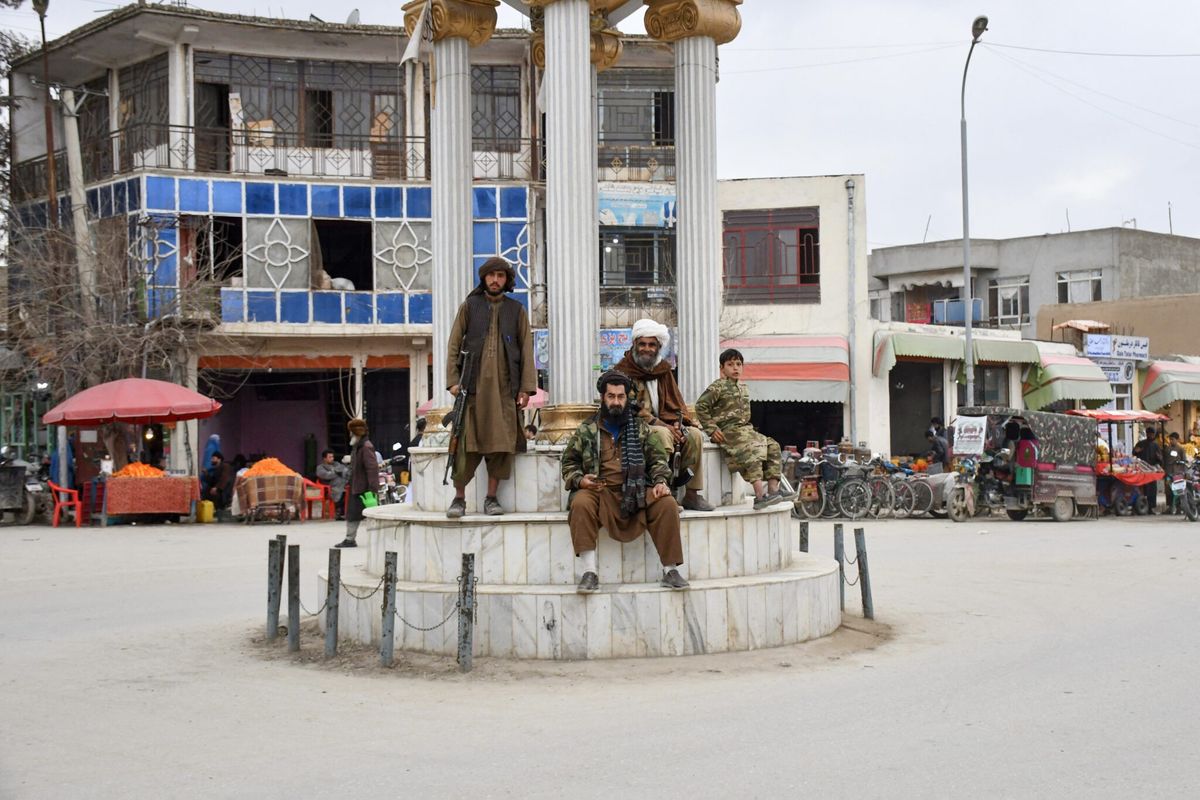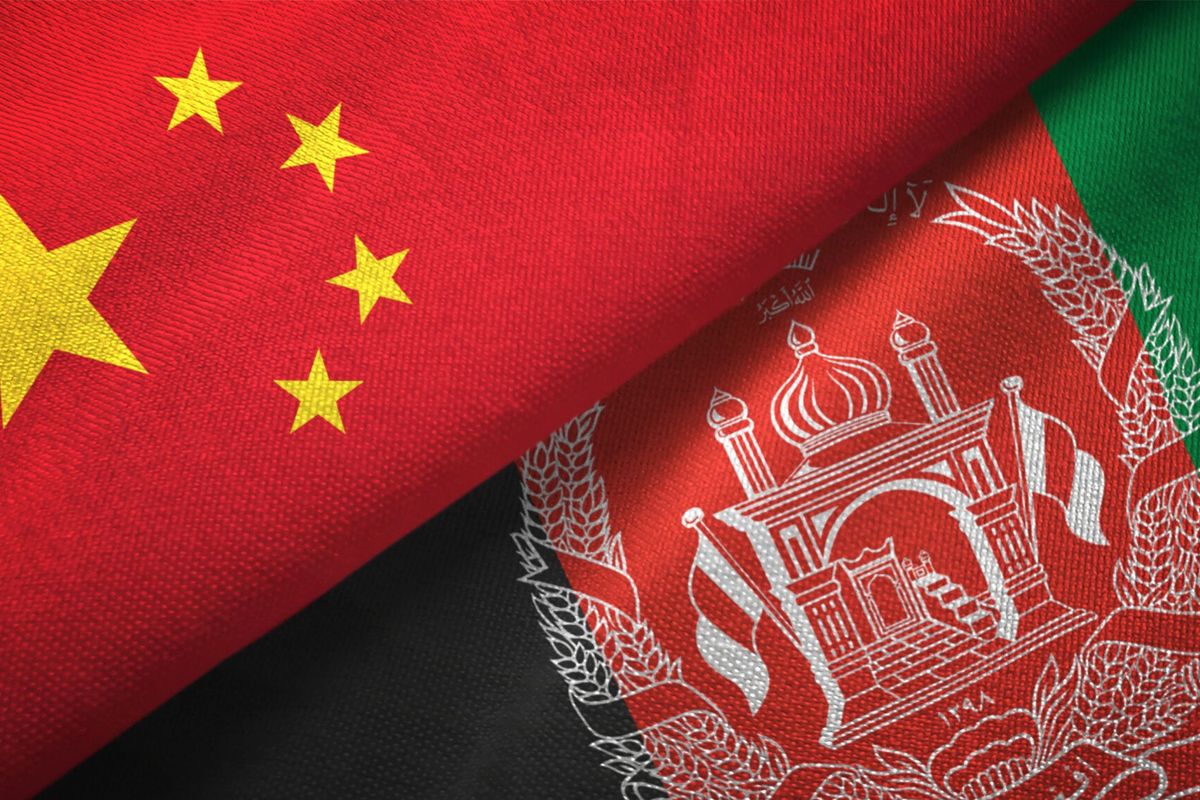The Afghanistan and Pakistan region is home to 20 UN and U.S. designated terrorist organizations, including al Qaeda, the Islamic State (ISIS), and the Haqqani network. This is a higher concentration than any other region of the world, and it is why preventing Afghanistan from becoming a safe haven from which these groups can plan attacks needs to be a priority for U.S. President Donald Trump.
Based on how little we’ve heard of President Trump’s policies on Afghanistan, he may doubt that security there is worth the investment. However, former U.S. President Barack Obama was able to keep Americans safe from terrorism, while building the size and capabilities of the Afghan forces and leaving behind a sustainable strategy for a stable Afghanistan. Today, there are approximately 8,400 U.S. forces serving in non-combat roles, as well as 6,000 NATO forces in Afghanistan, compared to 2011, when over 140,000 coalition troops were engaged in combat against the Taliban.
Over the course of the Obama Administration, the U.S. recruited, trained, and equipped over 320,000 Afghan soldiers and police who have taken the lead in securing their country; signed a Bilateral Security Agreement allowing U.S. forces to continue counterterrorism operations in Afghanistan; supported the country’s first democratic elections and peaceful transition of power; and prevented foreign terrorists from attacking the U.S. homeland by, in part, launching the raid to kill Osama bin Laden. These accomplishments have protected American lives and have given the Afghan government an opportunity to end this war on their terms by negotiating for peace from a position of strength.
To build upon this progress, President Trump should immediately make a joint announcement with President Ashraf Ghani of Afghanistan that U.S. forces will remain in Afghanistan without a timeline for withdrawal. In the announcement, President Trump should state that the U.S. will continue to conduct counterterrorism operations and strengthen the Afghan military and police. Preserving the military capabilities necessary to accomplish these missions means that U.S. forces won’t be drawing down from the current 8,400 troops in the near future. This will both send a signal to the Taliban that they cannot wait out a Trump Administration to achieve better negotiating terms and instill confidence in the Afghan forces and government by demonstrating America’s long-term commitment to their success.
To achieve our counterterrorism objectives, President Trump should maintain a focus on developing Afghan Special Forces and increasing U.S. intelligence resources to target terrorist organizations in Afghanistan and the ungoverned border region with Pakistan from which countless attacks against U.S. forces originate. President Trump should also take steps to prevent the growth of the Islamic State’s regional offshoot by using tools, including the Counterterrorism Partnerships Fund, to increase cooperation with Central Asian countries, such as Tajikistan, to prevent the transfer of illicit goods, narcotics, and people which flow in and out from Afghanistan.
The development of Afghan conventional security forces must emphasize eliminating terrorist safe havens by increasing their control over their country. That is going to require Congress and President Trump to agree to continue the Obama Administration’s plan of recapitalizing the Afghan Air Force and helicopter fleet with U.S. made aircraft, not Russian ones that give Putin an opportunity to undermine U.S. interests. It also will require greater partnership with NATO to train Afghan police forces so they can hold territory once the Afghan army has taken it back from the Taliban. Afghan forces showed progress in 2016 by going on the offensive while defending population centers. To stay on the offensive, the Afghans need additional airpower and continued training in synchronized military and police operations, logistics and supply management, and anti-corruption.
Even if President Trump agrees with these objectives, he should be prepared for nuclear-armed Pakistan and Russia to test his resolve. Afghanistan has a long history as the locale for proxy wars. As demonstrated by Russia’s increased meddling in Afghanistan and overt support for the Taliban, Putin would like nothing more than to use his old KGB games to flip the tables and turn Afghanistan into another Vietnam for the United States, like we did to the former Soviet Union in the 1980s. Only President Trump’s quick reaffirmation of the United States’ long-term commitment to security in Afghanistan will counter the hedging strategies of regional powers.
After 15 long years of war, there are those who think we should abandon Afghanistan, and still others who want to send more U.S. troops back to patrol villages. Both would be a mistake. With so many priorities around the world, protecting U.S. citizens from terrorist attacks, while developing the Afghan security forces’ capabilities, is the only sustainable path to a stable Afghanistan and a safer United States.
While the war in Afghanistan may have faded from the public’s eye, the rest of the world will be watching how the Trump Administration reacts there. Failing to recognize the importance of a long-term commitment to a stable and secure Afghanistan will not only give terrorist organizations an opportunity to plan their next attacks, but will signal to the international community that the United States is backing away from our allies and partners around the world.
The views expressed in this article are those of the author and do not reflect the official policy or position of the Department of Defense or the U.S. Government.












